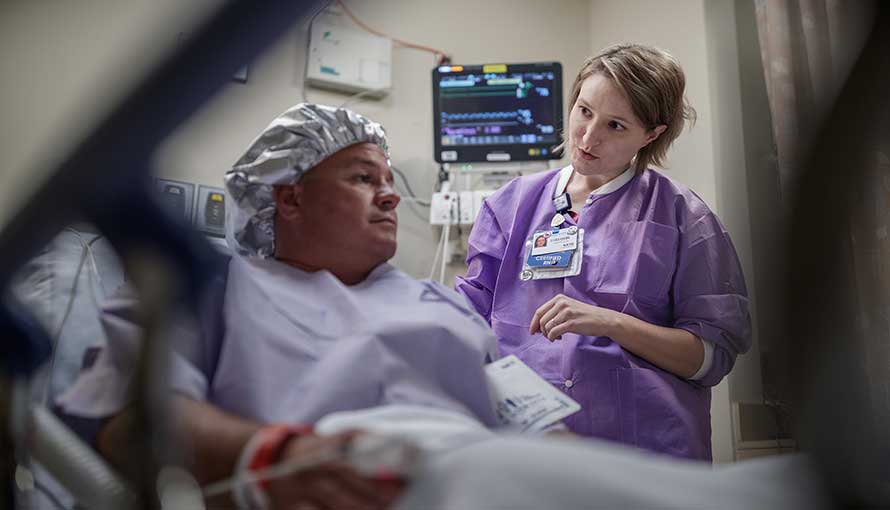Is Kidney Cancer Curable

Kidney cancer, also known as renal cell carcinoma, originates in the kidneys, two bean-shaped organs located just below the rib cage on either side of the spine. Essential for regulating the body’s fluid levels, the kidneys constantly filter the blood to remove excess water, salt and waste materials produced by the digestive process. The collected waste is then eliminated from the body in the form of urine.
As with most other malignancies, kidney cancer begins with DNA mutations that elicit uncontrolled cellular growth. The resulting excess cells then bind together and form masses in the kidneys. A growing tumor can interfere with kidney function and possibly spread to other organs and tissues. However, when detected early, kidney cancer can often be effectively treated and even cured. For this reason, it is important to be vigilant for symptoms, such as blood in the urine and flank pain, and to promptly discuss any unusual health changes with a physician.
Does kidney cancer treatment always involve surgery?
The optimal treatment plan for kidney cancer can vary depending on several factors, including the stage of the cancer and the patient's age, overall health and preferences. Because kidney tumors tend to be slow-growing, an active surveillance approach may be appropriate for an elderly patient who has an early-stage tumor. During active surveillance, the patient and his or her physician agree to monitor the tumor through medical images obtained at regular intervals. If a triggering event is detected, such as a predefined rate of tumor growth, treatment may be considered at that point.
In most cases, however, surgery is the main form of treatment for kidney cancer. The most commonly performed procedure is a radical nephrectomy, which involves the removal of the cancerous kidney, the adrenal gland situated immediately above it and some surrounding lymph nodes and other tissues. Under some circumstances, a kidney-sparing procedure known as a partial nephrectomy may be considered, particularly if the tumor is relatively small, in order to preserve kidney function. A partial nephrectomy involves the removal of the tumor along with a small margin of healthy tissue. Either procedure may be performed through a single incision (an open approach) or a series of small incisions (a laparoscopic approach), and the latter may involve robotic assistance.
A patient can live a full and healthy life with just one functioning kidney, which can work just as well as two. But if both kidneys are damaged or removed, dialysis or a kidney transplant will be needed. Dialysis involves the regular use of a special external machine, which takes over the job of the kidneys by filtering and purifying the blood.
Working toward a cure
If you were recently diagnosed with kidney cancer, it’s important to entrust your care to an experienced team of specialists who can help you achieve the best possible outcome and quality of life. The multispecialty team in the Urologic Oncology Program at Moffitt Cancer Center includes renowned surgeons, world-class oncologists and trailblazing researchers, all of whom are dedicated to continually advancing kidney cancer treatment and one day finding a cure for all patients. Working together, we create highly individualized treatment plans, which in some cases include cutting-edge options available only through our robust clinical trials program.
If you would like to explore your treatment options with a specialist at Moffitt, you can request an appointment by calling 1-888-663-3488 or completing our new patient registration form online. We are committed to providing every new patient with access to a cancer expert as soon as possible, which is faster than any other cancer hospital in the nation.
